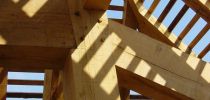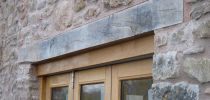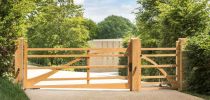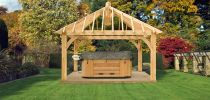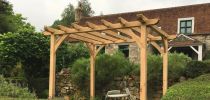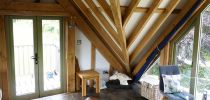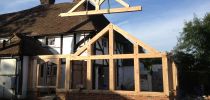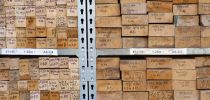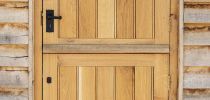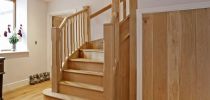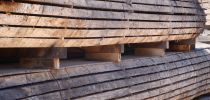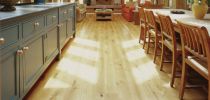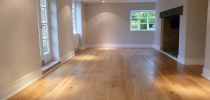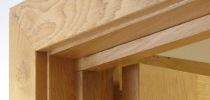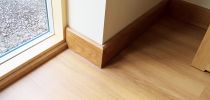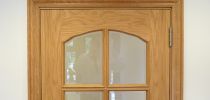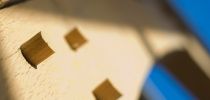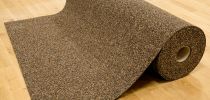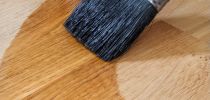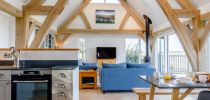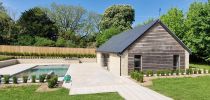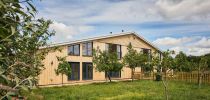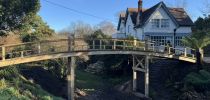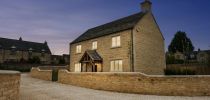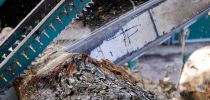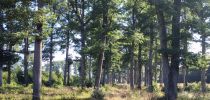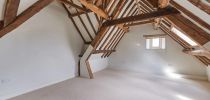

Cladding
Fire performance of timber cladding
Classification at a glance
14th February 2024
The reaction to fire performance of timber cladding is defined under EN 13501-1, and construction products are assigned a Euroclass rating under this system. The Euroclass system comprises ratings from A - F, and describes characteristics such as flame spread, ignitability, heat release, smoke production, burning droplets etc. The ratings system and examples of each category are:-
| Class | Definition | Description | Examples |
| A1 | Non-combustible | No contribution to fire | Glass / Stone / Concrete |
| A2 | Limited combustibility | Very limited contribution to fire | Gypsum Boards with thin coverings (eg paper faced) |
| B | Combustible | Limited contribution to fire | Some flame retardant treated wood products |
| C | Combustible | Minor contribution to fire | Some flame retardant treated wood products |
| D | Combustible | Medium contribution to fire | Most wood based panels over 390kg/m³ in density |
| E | Combustible | High contribution to fire | Some wood panel systems / Plastic based insulation / Composites |
| F | Unclassified | Not tested | N/A |
These classes are further divided to provide information on a product’s tendency to produce smoke and flaming droplets / particles.
Smoke Generation
Smoke generation is measured for Reaction to Fire classes A2 to D. Smoke emission classifications are not provided for products with an E or F overall rating. There are three smoke intensity levels:-
s1 Emissions absent or very little
s2 Emissions with average volume intensity
s3 Emissions with high volume intensity
Fire Generation
Burning droplets/particles can inflict skin burns and cause further spread of fire. Burning droplets/particles are measured for Reaction to Fire classes A2 to E. E-rated products receive a d2 flaming droplet classification. F-rated products receive none.
There are three classes of burning droplets:-
d0 No burning droplets
d1 Slow dripping droplets
d2 High/Intense dripping droplets
As an example, a product with the resulting highest classification would have the standard: B/S1/d0. This translates to:
B - Combustible materials – Very Limited contribution to fire
s1 - Smoke emissions absent or very little
d0 - No burning droplets

